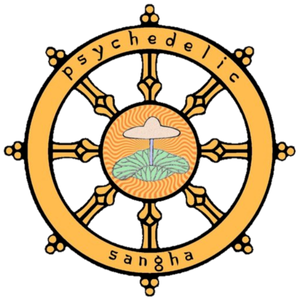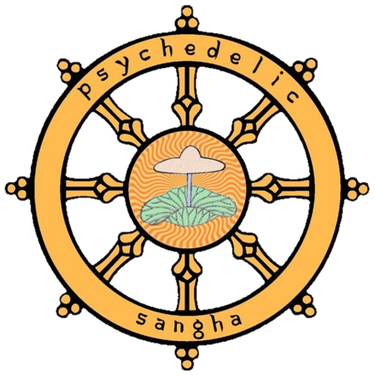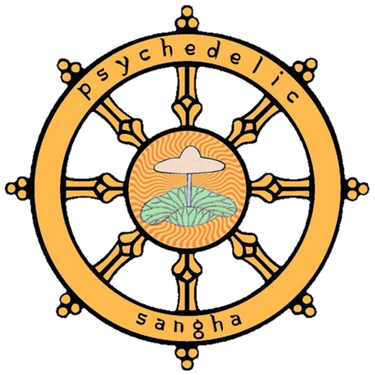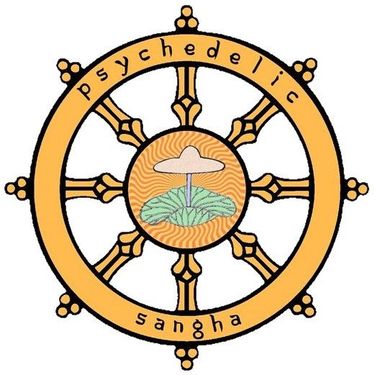AVANT-GARDE BUDDHA
Up to Free for members
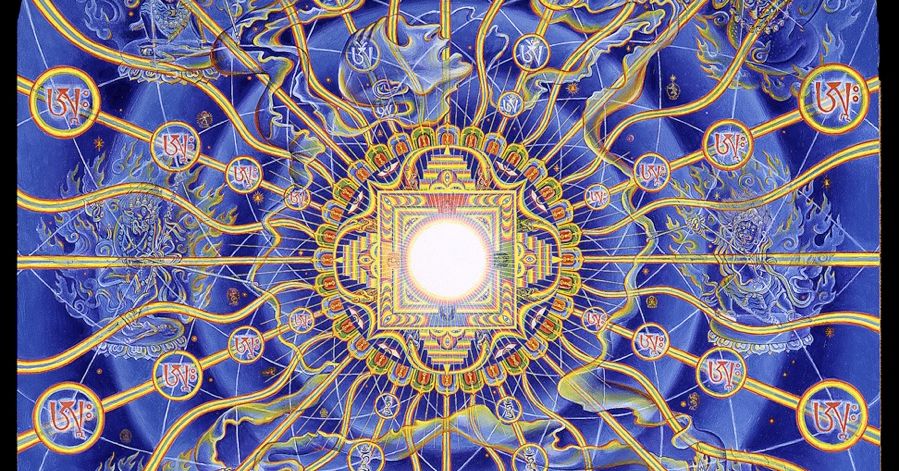
Image snippet: Alex Grey | Nature of Mind
AVANT-GARDE BUDDHA
Exploring the connection between avant-garde art and Buddhism
Early Buddhism is itself an avant-garde product of the countercultural revolution. Later (tantric) Buddhism is arguably the religion's avant-garde zenith. It therefore shouldn't be surprising that so many modern avant-garde artists have gravitated to Buddhist traditions. -Doc
PROGRAM OF STUDY
3 online classes (Tuesdays)
3 in-person field trips (Friday nights)
May 9 | Zen (zoom)
May 12 | Whitney Museum field trip
May 16 | Tibetan Buddhism (zoom)
May 19 | The Rubin Museum field trip
May 23 | Psychedelic Buddhism (zoom)
May 26 | MoMA field trip
Instructor: Doc Kelley
Doc is co-founder and organizer of Psychedelic Sangha HQ in New York City. He received a PhD in religion from Columbia University where he studied Indo-Tibetan Buddhism with Robert A. F. Thurman. He is a part-time associate professor in Religious Studies at Eugene Lang College of Liberal Arts, the New School University.
On August 29, 1952, pianist David Tudor walked out onstage at the Maverick Concert Hall in upstate New York and took a seat behind the Steinway grand piano, but instead of playing it (as the audience expected), he sat in silence for exactly four and a half minutes—in three movementspunctuated only by the opening and re-shutting of the piano key lid.
The aptly entitled composition, “4’33,” was conceived by John Cage as an avant-garde conceptual work designed to amplify the sound of silence, or as biographer Kay Larson puts it, “the sound of no sound”—a profound idea that Cage developed from his studies of Zen Buddhism.
The relationship between avant-garde art and Buddhism is profoundly and fundamentally about soteriologically charged aesthetic experiments in search of enlightenment—the yoga of avant-garde. In this seminar we explore the art/yoga and spiritual lives of various avant-garde artists/yogis who were influenced by Buddhism.
The course is roughly chronological; starting with the impact of Zen Buddhism in the 1950s and 60s, leading on up to the arrival of Tibetan Buddhism and the present day.
We'll touch-on artists and groups such as John Cage, Fluxus, Yoko Ono, Jack Kerouac, Allen Ginsberg, Gary Snyder, Bruce Conner, Tom Marioni, Nam June Paik, Harry Smith, Philip Glass, Anne Waldman, Patti Smith, Laurie Anderson,
Genesis P-Orridge, Alex and Allyson Gray, Tsherin Sherpa, and others.
